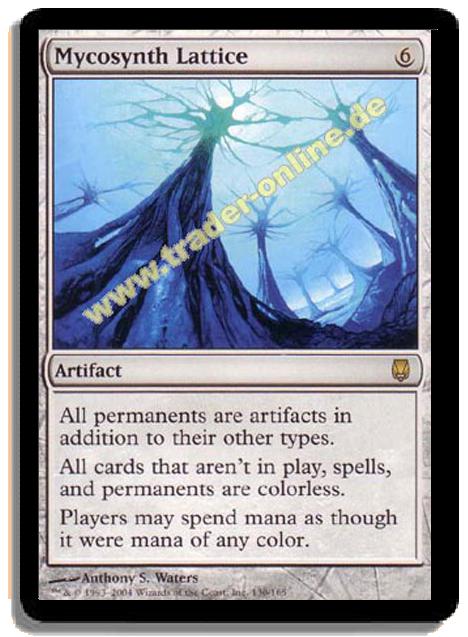

Lombard V, Baril CP, Dubreuil P, Blouet F, Zhang D (2000) Genetic relationship and fingerprinting of rapeseed cultivars by AFLP: Consequences for varietal registration. Keim P, Schupp JM, Travis SE, Clayton K, Zhu T, Shi T, Ferreira A, Webb DM (1997) A high-density soybean genetic map based on AFLP markers. Hossain MB, Awal A, Rahman MA, Haque S, Khan H (2003) Distinction between cold-sensitive and –tolerant jute by DNA polymorphisms.

Hill M, Witsenboe H, Zabeau M, Vos P, Kesseli R, Michelmore R (1996) PCR-based fingerprinting using AFLP’s as a tool for studying genetic relationships in Lactuca spp. Heywood VH, Brummitt RK, Culham A, Seberg O (2007) Flowering plant families of the world. Grot G, van Eeuwijk FA (2010) Codominant scoring of AFLP in association panels. Genome 39:373–378įerriol M, Pico B, Nuez N (2003) Genetic diversity of a germplasm collection of Cucurbita pepo using SRAP and AFLP markers. Genet Resour Crop Evol doi: 10.1007/s1072-yĬho YG, Blair MW, Panaud O, McCouch SR (1996) Cloning and mapping of variety specific rice genomic DNA sequences: amplified fragment-length polymorphism (AFLP) from silver stained polyacrylamide gels. Crop Sci 44:678–685īenor S, Blattner FR, Demissew S, Hammer K (2009) Collection and ethnobotanical investigation of Corchorus species in Ethiopia: potential leafy vegetables for dry regions.

Paper presented at the workshops “Better Plants for Better Life” conducted during the German/Egyptian Year of Science and Technology 2007 at ARC in Cairo, Egypt and FALīasu A, Ghosh M, Meyer R, Powell W, Basak SL, Sen SK (2004) Analysis of genetic diversity in cultivated jute determined by means of SSR markers and AFLP profiling. Arab J Biotech 7:53–64Īdawy SS, Saker MM, Haggag WM, El-ltriby HA (2008) Amplified Fragment Length Polymorphism (AFLP) based molecular analysis of Egyptian barley lines and landraces differing in their resistance and susceptibility to leaf rust and net blotch diseases. The occurrence of such a large number of polymorphic AFLP markers will facilitate preparation of molecular maps and QTL analysis in jute.Īdawy SS, Assem SK, Hussein EHA, El-ltriby HA (2004) Development of AFLP markers and genotyping of elite maize inbred lines. These results indicate a higher level of polymorphism in C. olitorius, <10% polymorphism was shown by only 56 primer combinations. capsularis <10% polymorphism was detected by 115 primer combinations while in C. capsularis only 3 primer combinations gave this level of polymorphism. olitorius, 30–50% polymorphism was observed with 27 primer combinations, but in C. olitorius highest polymorphism of 50% was shown by E41M91. capsularis, highest polymorphism of 56.6% was shown by primer combination E35M50, while for C. The average number of bands/primer combination was 32.3 for C. capsularis and a total of 8856 amplicons including 1477 (16.7%) polymorphic bands in C. Out of 1024 primer combinations that were tried, as many as 281 combinations of selective primers (13 EcoRI and 64 MseI) were selected, which produced a total of 9092 amplicons, including 752 (8.3%) polymorphic bands in C. Amplified fragment length polymorphism (AFLP) analysis was conducted to investigate the level of polymorphism in four jute genotypes including two genotypes (JRC 321 and CMU 010) of Corchorus capsularis (the white jute) and two genotypes (JRO 524 and PPO4) of Corchorus olitorius (the tossa jute).


 0 kommentar(er)
0 kommentar(er)
